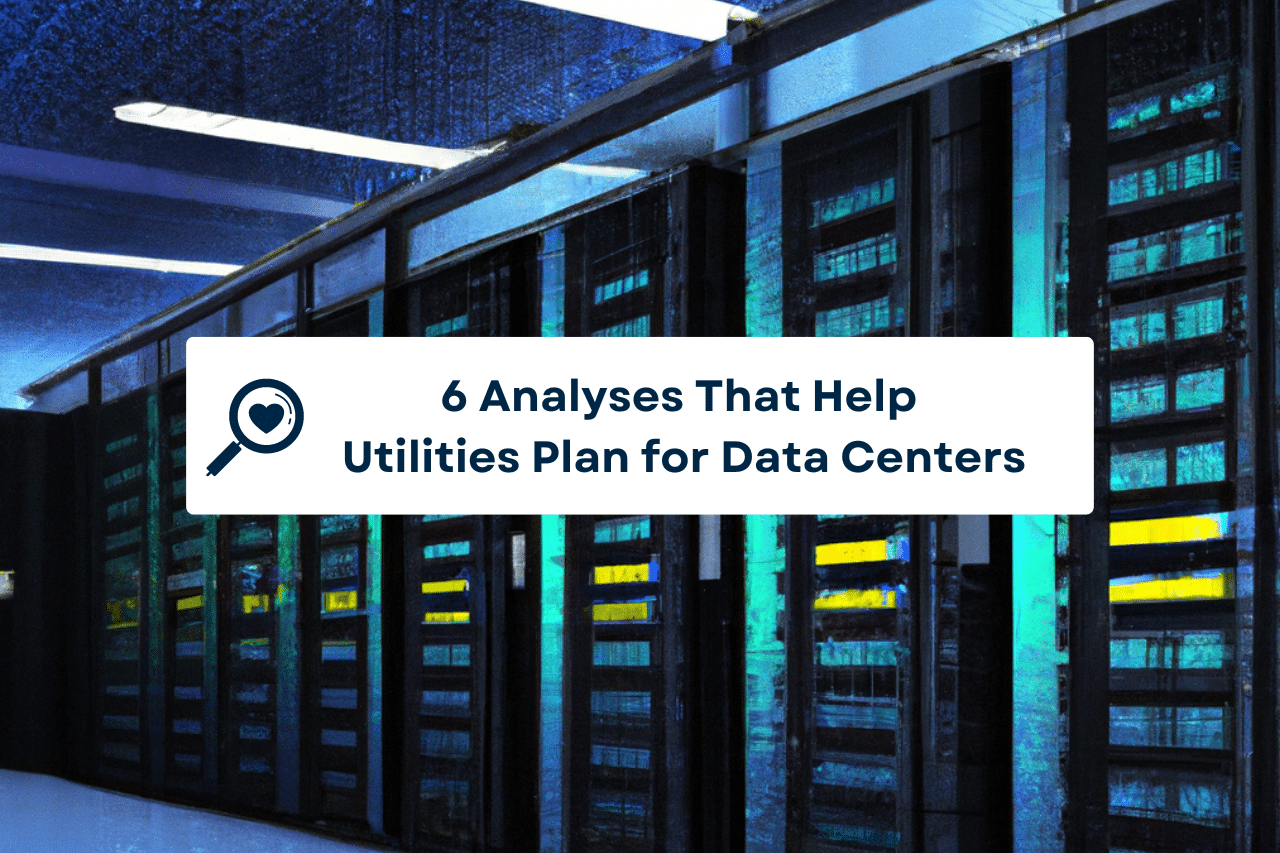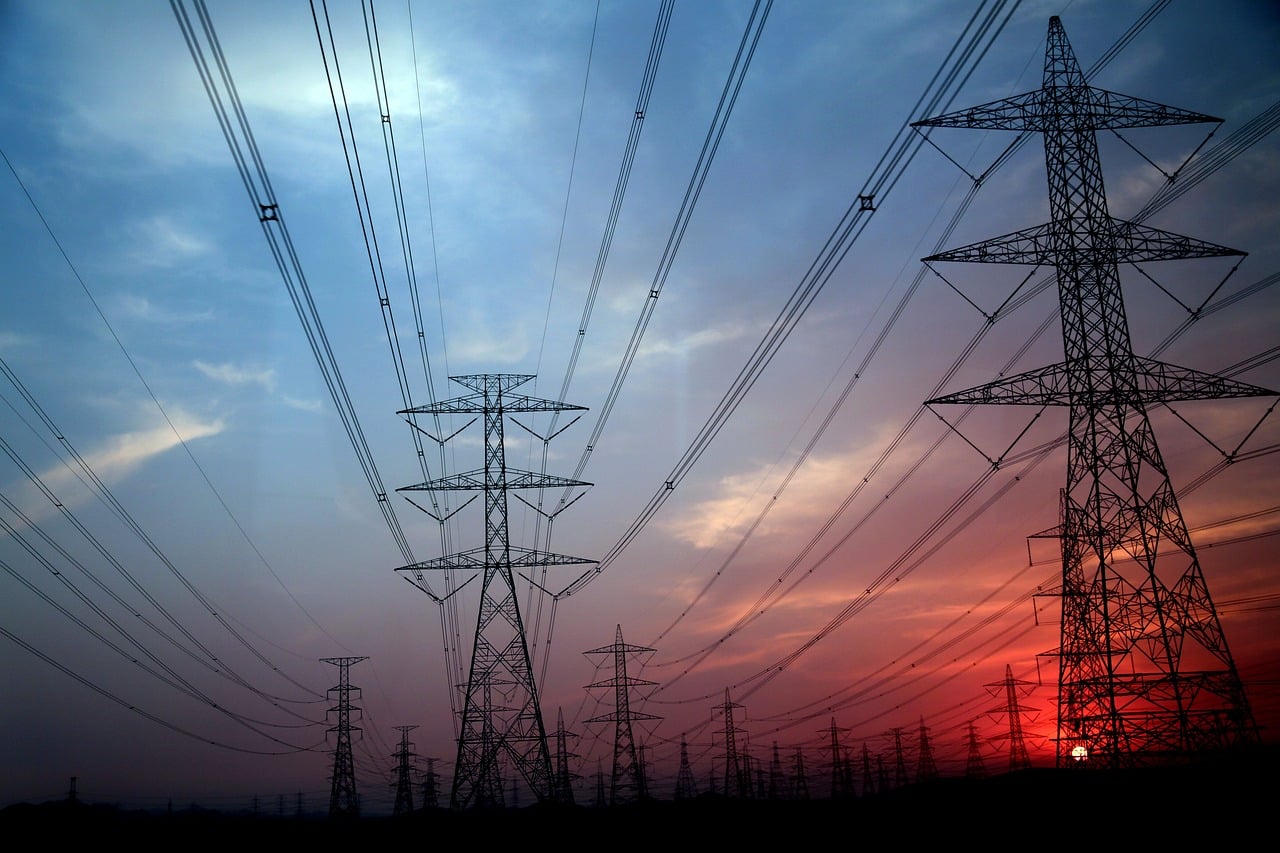Many utility companies understand the benefits of a ‘Digital Twin’ or digital representation of their electrical grid. The benefits span across multiple departments and activities within the utility, such as monitoring the current grid and planning for the future smart grid. Their full potential can only be realized if the digital twin of the grid is represented with accurate utility data, ensuring that the digital representation reflects the real world. GIS connectivity and topology are essential for digital twins to be built accurately. This blog explores why that is, and how Awesense’s Energy Transition Platform enables it.
What is GIS connectivity?
Connectivity relates to the connections between elements in the grid. For example, distribution lines are connected to transformers, transformers to fuses, lines between each other, substations to feeders, etc. Everything in the grid is connected, but the connections are often poorly reflected in the utility’s data, also known as the “as-designed vs. as-built vs. as-operated” problem. These problems result from under-performed documentation, lack of consistency when making changes, and neglected or non-existent record-keeping processes. Simply put, GIS connectivity is an important feature of an accurate grid digital twin.
How is GIS connectivity actually used?
GIS connectivity within the grid digital twin has multiple uses across its manifold use cases. Some examples of those uses include:
- General grid data analytics: Grid connectivity allows analysts to obtain further information from digital twins on top of information like geolocation or attributes of the assets. Connectivity also allows analysts to draw real-world relations between grid elements. With connectivity in place, data analysts gain additional valuable analytical options for grid data analytics.
- Understanding energy flow: Accurate grid connectivity information allows operators and planners to precisely understand how electricity flows through the system. This is essential for ensuring efficient and reliable power delivery.
- Optimizing Advanced Grid Management Systems (ADMS): Systems like DERMS (Distributed Energy Resource Management Systems) and ADMS rely heavily on a very precise digital representation of the grid. Accurate connectivity data ensures these systems function optimally.
What are specific problems that utilities may face with poor data accuracy in GIS connectivity?
- Low quality of grid analytics: Grid data analytics performed on low-quality data results in lower trust in the produced conclusions and insights.
- Inaccurate grid modeling: Topology and connectivity errors can lead to false representations of the utility’s grid infrastructure. This can result in incorrect or unreliable grid models, making grid analysis, planning, and optimizing operations challenging.
- Service disruptions: Errors can cause service disruptions and outages. This can prolong the duration of outages and increase customer dissatisfaction. Furthermore, if the grid’s connectivity is not accurately reflected in the data, identifying and locating faults, as well a performing effective maintenance, becomes a greater challenge.
- Safety concerns: Utilities must adhere to safety regulations and standards to ensure the well-being of their employees and the public. Inaccurate topology and connectivity data can compromise safety measures. For example, incorrect grid diagrams can mislead technicians during maintenance or repair activities, potentially leading to accidents or unsafe working conditions.
- Asset management challenges: Errors can undermine asset management processes, such as asset tracking, maintenance scheduling, and inventory management. This can result in inefficiencies, increased maintenance costs, and difficulties managing the equipment lifecycle.
- Data integration and interoperability issues: Utilities often must integrate data from different systems and sources. Topology and connectivity errors can make data integration challenging, leading to inconsistencies and data quality problems across various applications. It can hinder interoperability and prevent utilities from effectively leveraging advanced analytics and automation.
How do utilities optimize GIS connectivity?
In the past, connectivity errors were verified with “truck rolls,” where a utility employee drives to an asset to verify its coordinates manually. As one can imagine, this process is time-consuming and expensive. This is also known as “walking the lines,” whereby the utility puts forth, often a multi-year effort, to verify its grid by physically inspecting all elements and connections across its service territory.
The Awesense Energy Transition Platform offers an alternative way to rapidly increase the accuracy and prioritize areas requiring physical inspection. The platform boasts a powerful AI-driven Data Engine that can ingest any grid data sources to validate, edit and estimate the data, with the output being a structured and synchronized model that serves as a digital twin of the grid. The AI Data Engine can ingest GIS data and analyze the connectivity and topology for errors in a crucial functional set of algorithms that can process in hours vs. months or years of walking the lines. The AI Data Engine also processes time-series data to provide trustworthy contextual insight into the grid, which is invaluable for utilities, and furthermore, can be set up to run continuously for persistent accuracy.
Examples of the types of errors the AI Data Engine can cleanse for:
- Coordinates validation and transformation
- Connectivity validation, estimation, and correction
- GIS elements association validation
- Switch state validation and correction
- Time series data validation and synchronization
- Missing time series data estimation
AI is driving the future of GIS connectivity in digital twins
As Christophe Guille & Stephan Zach, Bain & Co. state: “Cleaning up data is a major challenge, requiring painstaking, time-consuming work to rationalize what is frequently a haphazard collection of systems and restructuring them along common lines so [utilities] can share and effectively use the data at hand.”
The Energy Transition Platform empowers utilities with the AI Data Engine to identify and solve their data quality issues quickly. By providing automated monitoring and updating of the system data, they can be confident that critical decisions are correct.
We are passionate about the energy transition and believe the path forward is digitalization. We have developed a platform to help utilities digitalize and unlock the power of data. Contact us directly for more information on our AI Data Engine.




